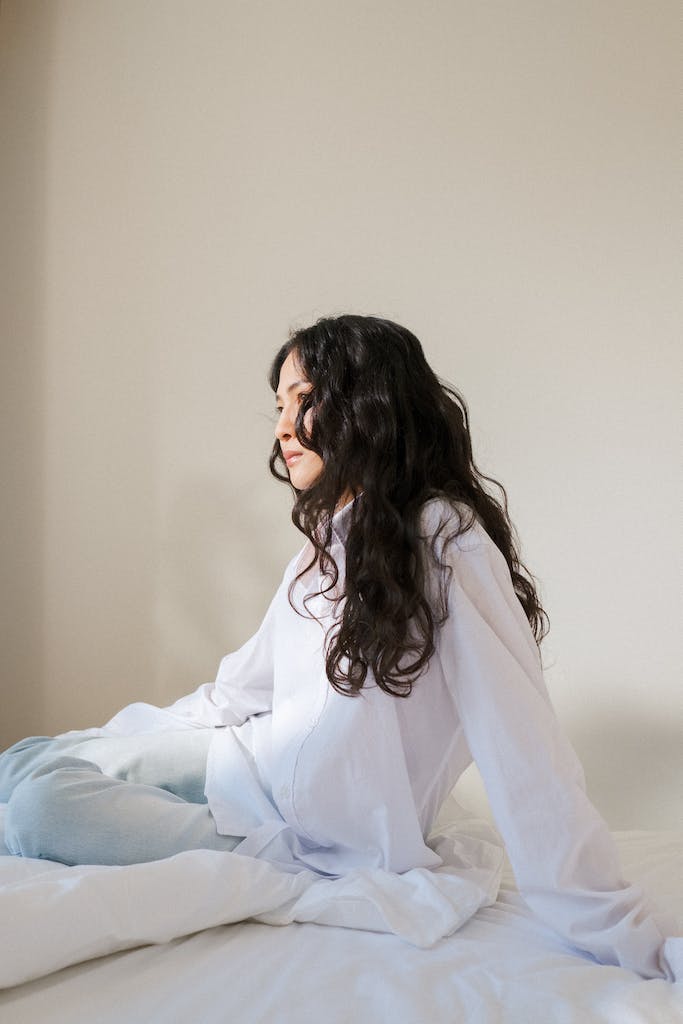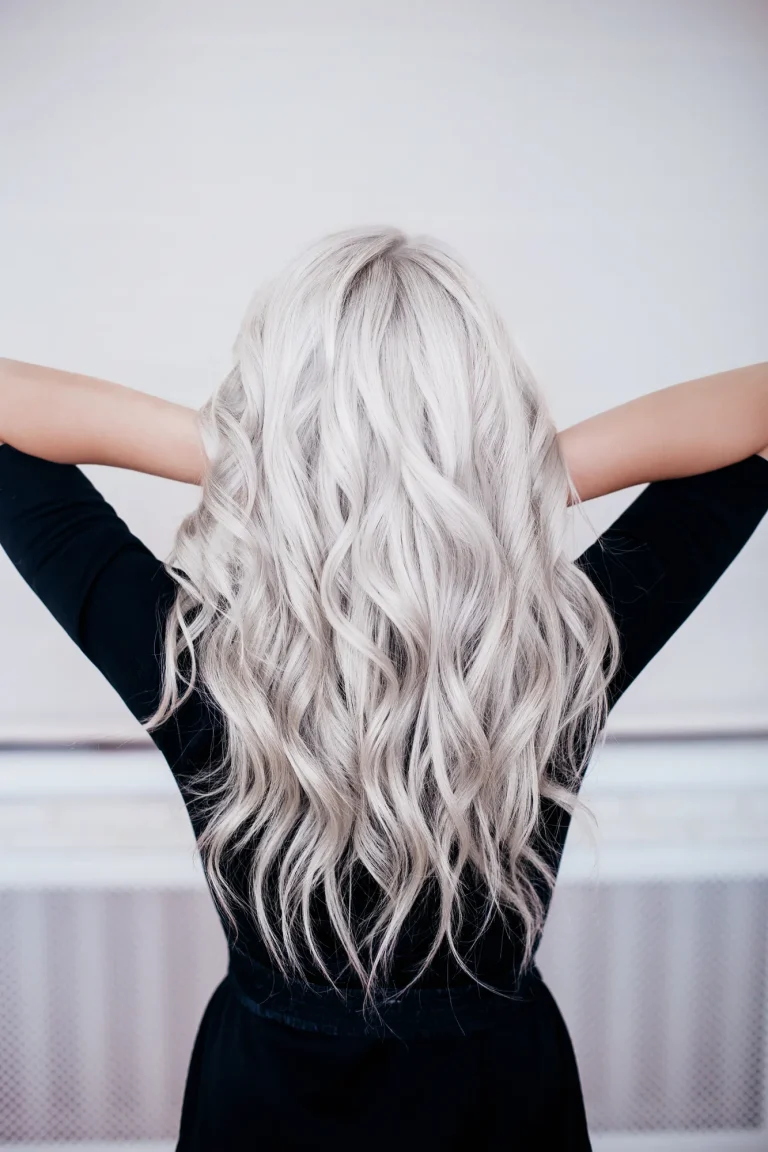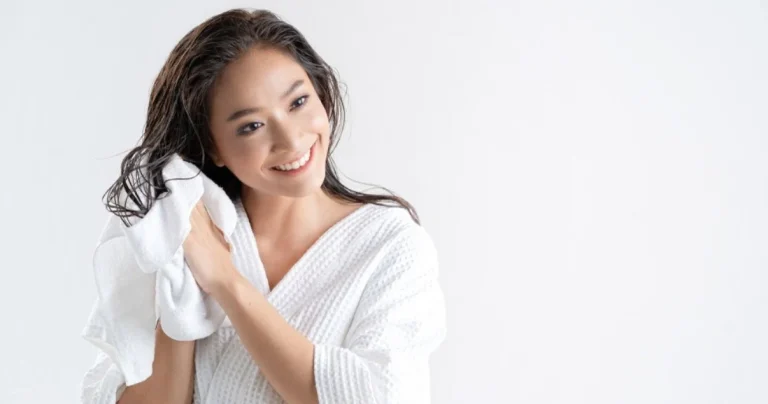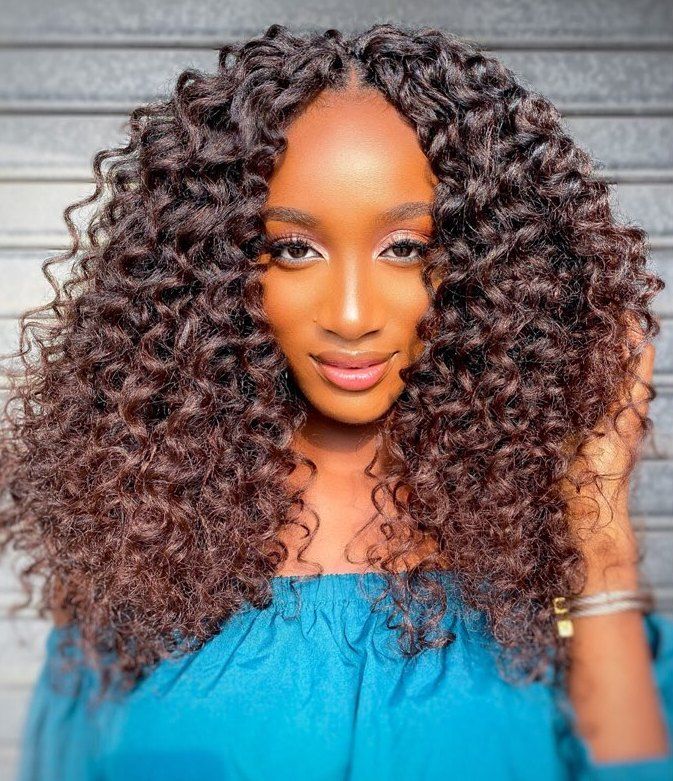What is 2a Hair? Your Guide to Caring for Type 2a Locks
As the founder of IGXO Cosmetics, a cosmetics brand catering to all body, skin, and hair types, I often get questions about how to properly care for the various hair categories. One that comes up frequently is type 2a hair.
As a quick refresher, hair typing categorizes locks into four main groups ranging from straight to coily. The system considers curl pattern, strand thickness, and overall texture to assign a type. Type 2 falls under wavy hair and it can range from loose waves (2a) to definite S-shaped curls (2c).
In this comprehensive guide, I will share my top tips for caring for 2A hair. We’ll cover how to best cleanse, condition, style, and generally tend to those flowing, frizz-prone locks. Let’s start with some background on the qualities that set type 2a trees apart.
Properties of Type 2a Hair
Contents
Type 2a hair has an unmistakable bend to it—the waves ripple down the strands, giving it that surfer beach look. Compared to other categories in the typing system, 2a locks tend to be:
- Fine Stranded – They aren’t the thickest or most dense on average but the waved pattern provides them more volume and apparent fullness.
- Low porosity: This means they resist absorbing or retaining moisture easily. Products tend to sit on top rather than soak in.
- Prone to Frizz – All those waves add texture which makes hair more susceptible to frizzing, especially in humidity.
- Difficult to Straighten – You can blow out some of the wave but the natural bend fights being straightened completely in most cases.
- Often Oilier – Thanks to lower porosity, sebum from the scalp doesn’t travel down 2a strands as easily so roots tend to get oilier faster.
- More Brittle: Fine, porous strands are delicate by nature, so they face a higher risk of dryness, damage, or breakage.
With those factors in mind, let’s analyze the ideal care techniques for type 2a tresses, starting with the basics.

Cleaning 2a Locks
I always advise avoiding heavy, oil-stripping cleansers because they tend to dry waves out, increasing the potential for frizz. For most 2as, gentle, hydrating formulas are best. Some smart picks include:
- Creamy Shampoos: Richer cream-gel mixes cleanse softly and leave some moisture behind. I’d pick a formula with oils or butters over harsh detergents.
- Co-Washing: Conditioner washing gives loads of slip for knots plus extra hydration. Focus it at roots to remove oil and product buildup.
- Cleansing Conditioners: These 2-in-1 options add cleansers to conditioning bases for gentle, non-stripping washes that smooth the cuticle.
- Low-Lather Shampoos: Mild synthetic or natural cleansers create a smaller foam that is kind to waves. Just ensure any formula you pick doesn’t contain harsh sulfates.
I typically suggest cleansing every 2 to 4 days but keep an eye on your scalp oil production. Wash whenever product buildup or oil at the roots become bothersome. And focus cleansing efforts there rather than dragging shampoo through the lengths.
Conditioning Recommendations
Moisture and hydration are essential for controlling frizz and preventing brittle strands in type 2a hair. But you want light, penetrating formulas that soak in rather than coat waves. Some ideal options include:
- Leave-in conditioners: These provide hydration without weighing waves down. Spray or creamy versions seal damp strands post-wash to prep for styling.
- Bond-Building Treatments: Containing bond-reinforcing ingredients like keratin, collagen or hydrolyzed wheat protein, these treatments repair damage from the inside out.
- Deep Conditioners: Applying richer peroides weekly gives an influx of moisture to boost elasticity and smooth the cuticle layers.
- Oils: A few drops of something like marula or argan oil on mid-lengths to ends nourishes waves lightly. These absorb well without being too heavy.
If your 2a hair gets easily weighed down, stick to conditioning mid-lengths to ends primarily. But for those with drier waves, roots can benefit from the extra dose of moisture too.
Styling Type 2a Strands
I find the right styling approach makes or breaks how 2a locks look and behave. Everything relies on the prep and products used so here are my top tips:
Prep Tactics
- Start with damp to fully soaked hair. Type 2a strands need maximum hydration before heat styling.
- Comb through a nourishing leave-in to provide lots of slip and cut down on tangles or knots while styling.
- Section hair cleanly using clips prior to blow drying or heat styling. Working in sections helps achieve evenness and thorough drying.
Heat Tool Guidance
- Always use a heat protectant before flat ironing or curling! 2a hair is vulnerable to high heat damage so protection prevents unnecessary harm.
- Low and slow is best. Keep dryer nozzles at least 8 inches from strands and use medium heat on tools to avoid scorching delicate waves.
- When straightening, watch wave pattern carefully and go over stubborn spots minimally to achieve a sleek look without risking damage.
- Set curls and waves with a curling iron by wrapping small, clean sections around a medium barrel and holding for at least 8 seconds before releasing.
Finishing Choices
The right finishers lock in styles and control flyaways. Options like:
- Smoothing serums and oils for sleek blowouts
- Sea salt sprays for tousled, beachy texture
- Velcro roller sets for bouncy waves and curls
- Medium hold mousse for enhancing waves or curl patterns
At-Home Care Tips for 2a hair
In addition to using the right products and techniques during the wash and style process, maintaining the overall health of 2a strands relies on some key at-home habits like:
- Regular Trims: Get a minor snip every 8 to 12 weeks to cut off split ends before they travel up the hair shaft and cause more damage.
- Smart Accessory Use: Be gentle, pulling back waves. Styles like loose braids, scrunchies, and padded headbands minimize stress and damage.
- Nighttime Protection: Secure those delicate strands in a gentle, loose braid or wrap waves in a silk scarf or bonnet while sleeping. This prevents tangles, knots and breakage overnight.
- Scalp Health Support: Regularly use scalp scrubs or clarifying washes, then apply hydrating hair masks to prevent buildup on the scalp. A healthy scalp equals healthier hair!
The IGXO Product Range for Type 2a Hair
At IGXO Cosmetics, we formulate our products specifically for wavy, frizz-prone hair. I’d recommend any 2a divas check out these selections from our haircare range:
Gentle Wave Shampoo: Cleanses hair without stripping natural oils. Wheat protein and shea butter condition waves lightly while softening the hair and enhancing shine.
Moisture Lock Leave-In: This weightless leave-in spray contains smoothing camellia oil and hydrating aloe juice to condition waves, detangle strands, and block humidity without weighing hair down.
Curl-Defining Souffle: Whip this conditioning mouse into towel-dried hair to take wavy styles to the next level.Defines and separates waves while controlling frizz even in high humidity.
Twist & Shout Curl Cream: Elongates and smooths waves for a curly faux hawk or defined waves without crunchiness. Sweet almond oil gives softness and shine.
In & Out Hair Oil: Just a few drops of this ultra-lightweight dry oil formula tames flyaways and frizz on the go while nourishing waves with vitamin E and essential fatty acids.
I hope this gives you plenty of tips to take the best care of your type 2A trees.
Let me know if you have any other questions. I am always happy to help you keep your locks healthy and gorgeous!

Founded by Sophia Rodriguez, IGXO Cosmetics is a PETA-certified, cruelty-free, and vegan makeup brand.





